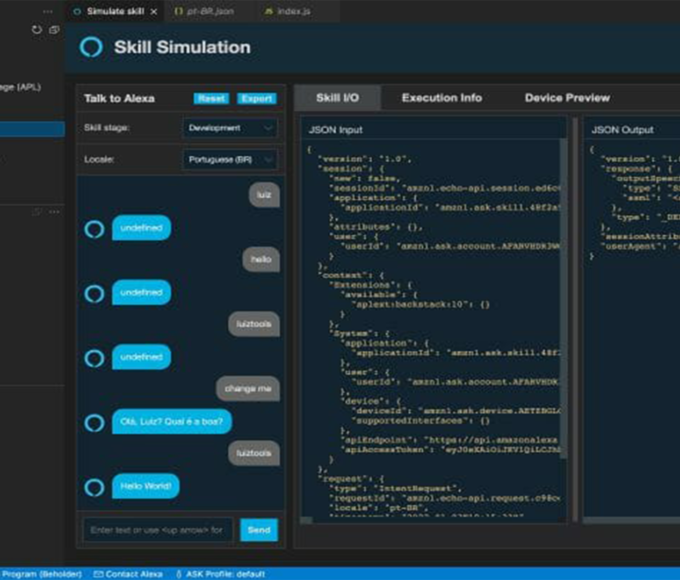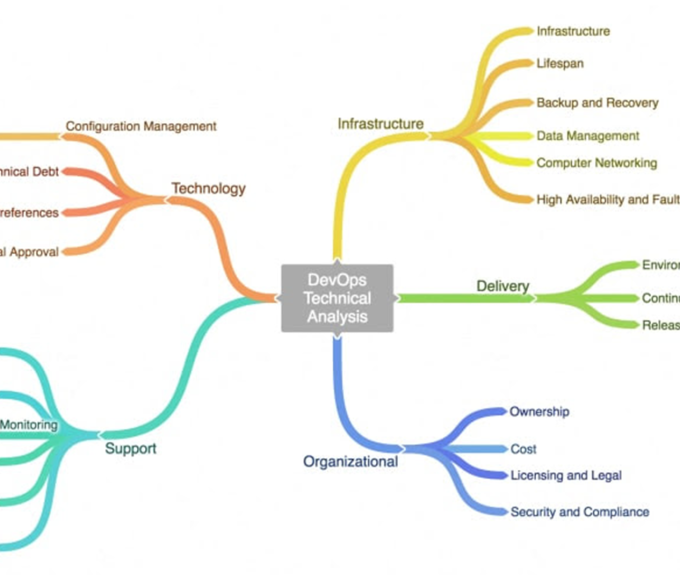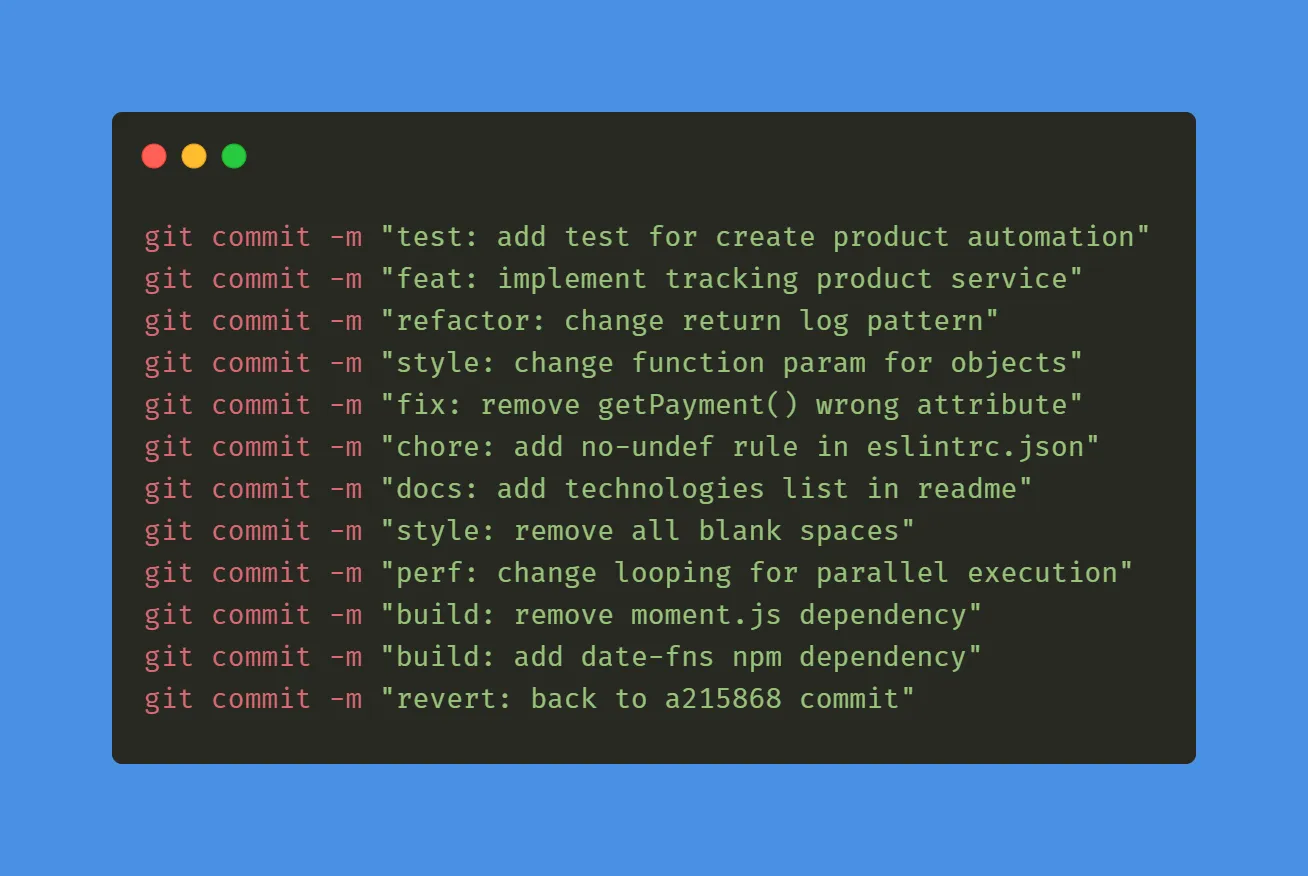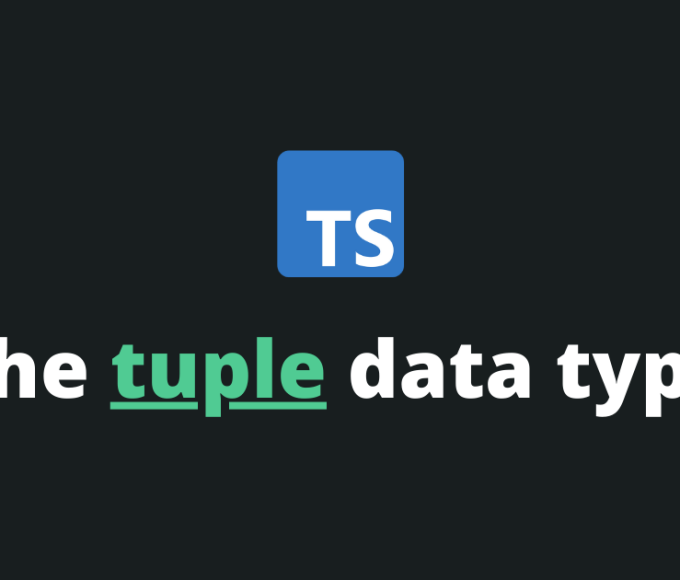Like any new technology, Machine Learning (ML) solutions will have some challenges to implement, what we are seeing is an increasing number of companies becoming frustrated in implementing this technology.
There are many possible hurdles ranging from data quality to understanding what value this technology will deliver to the business. I intend to discuss the problems faced by the companies, exploring the causes a little more and bringing some ideas on how to circumvent this trap.
The importance of data and its quality
The first point to be understood is that, without data, there is no Machine Learning. Just as a student cannot learn without books, an algorithm cannot learn without data. Some companies take it so literally that they think the amount of data is a step, and it’s not. Having quantity is one factor, but the quality of the data is the crucial factor.
Without quality, no algorithm will be able to extract any insight. Over the years, companies have implemented several systems that have become legacies, and few care about data quality. The software-producing companies themselves did not have great criteria for software quality. No one indeed thought that in a few years, there would be an explosion of ML tools, but at least should be taking care of quality.
There are several types of quality problems. Some are workable, and others, unfortunately, cause the ML project to stop. And those are the most critical and include data gaps caused by system updates or lack of consistent business rules, inconsistencies in data traceability, such as data integrity breakdown over time, and primary errors in the design of data, such as the lack of correct updating of information after changes in the company’s structure.
These three elements, together or separately, are enough for an ML project to fail to implement. Think of a company that loses the traceability of its orders. How are we going to create the purchase behavior map in that company that, over time, has been implementing new and new fields, and all information from the past is blank? This destroys any ML project.
If the company went through the quality issue, now comes the second point: the amount of data.
Challenge 2: The amount of data
Having data is an important factor. Some companies believe they have enough data for an ML algorithm to learn and generate useful insights. However, this is not always true. ML algorithms, especially those that predict trends or patterns, require large volumes of historical data to be effective.
There is no ready account for determining the data amount needed for an algorithm to generate insight. It will depend on the project purpose and the variables used to determine this insight or behavior. Developing ML solutions involves considerable technological complexity. It is necessary to have trained and experienced professionals in data science, data engineering, and software development. Furthermore, choosing the right tools and platforms to deploy and manage ML solutions can be a challenge.
Machine Learning projects should not be treated just like IT projects. Instead, they must be owned by the business, in fact, every Data Analytics project must be owned by the Business and not by IT.
Implementation approach
It’s important to start small when implementing ML projects. A minimum viable design (MVP) approach. I think MVP never made more sense than for an ML project. Developing a basic solution in a controlled environment that can be refined and expanded based on the results and lessons learned is essential for measuring the project’s performance.
Implementing Machine Learning solutions in organizations can be a complex and challenging task. However, by addressing key challenges – data quality and quantity, technological complexity, business involvement, and the implementation approach – companies can increase their chances of success.
Some recommendations for overcoming these challenges include:
Clearly define the purpose of the ML project. Do you want to forecast monthly, and daily sales, and customer behavior? The more granular your goal is, the more data you need.
The second point is to choose the proper ML model. Each model has different data requirements. For example: if you want to forecast temporal sales, the ARIMA model can be recommended. Have relevant historical data. If the data is not relevant, there is no point in spending time or money on the project. Take a step back and review the data quality.
Discuss your project with data professionals. Make your objective clear. This will be important for them to establish model evaluation, learning curve, and data splitting.
Invest in improving the quality and quantity of available data, establishing consistent business rules, and ensuring data integrity over time. Do not allow new versions of software to break the temporal integrity of data. Ensure collaboration between IT and business teams, with the active involvement of leaders and business professionals on the project, will make all the difference in the project. I.T. knows how to speed up the project, and the Business is the one who knows what this acceleration will do.
By systematically and strategically addressing these challenges, companies can maximize the potential of machine learning solutions to drive value and drive innovation.
The key is to approach ML with an open and adaptive mindset, learning from the challenges and taking advantage of the opportunities, but without sacrificing data quality.
*The content of this article is the author’s responsibility and does not necessarily reflect the opinion of iMasters.



























Leave a comment